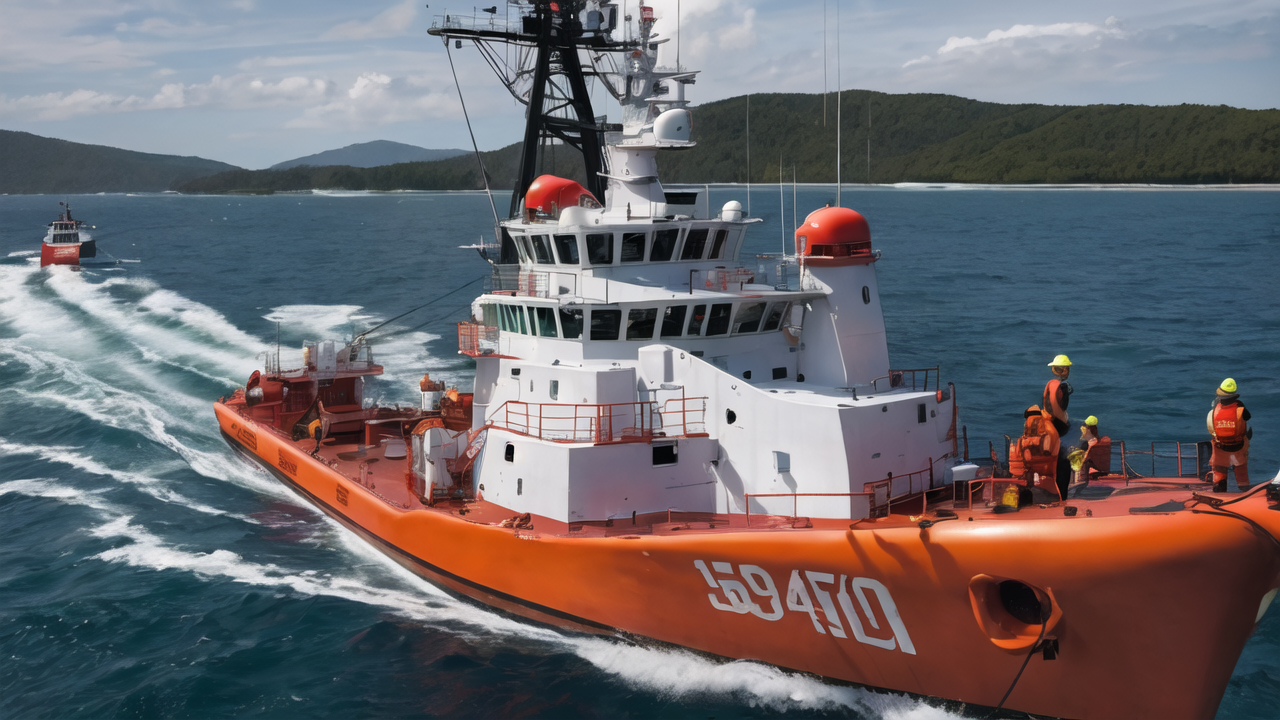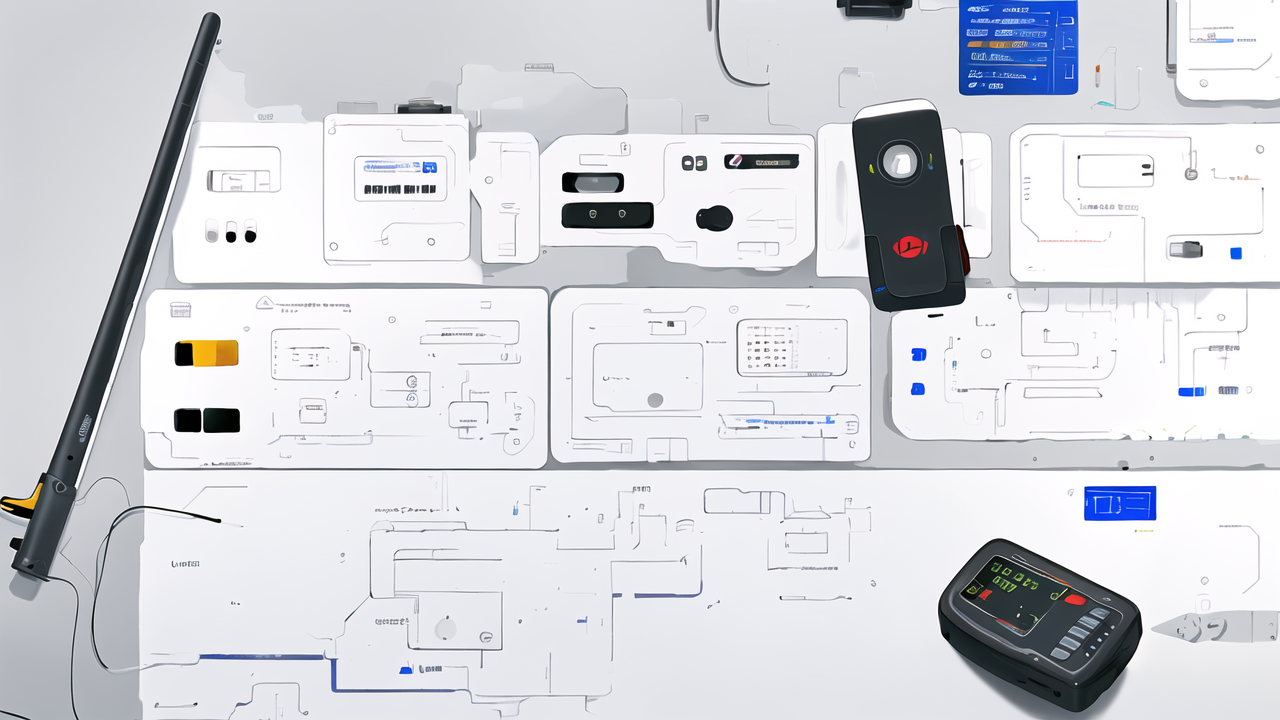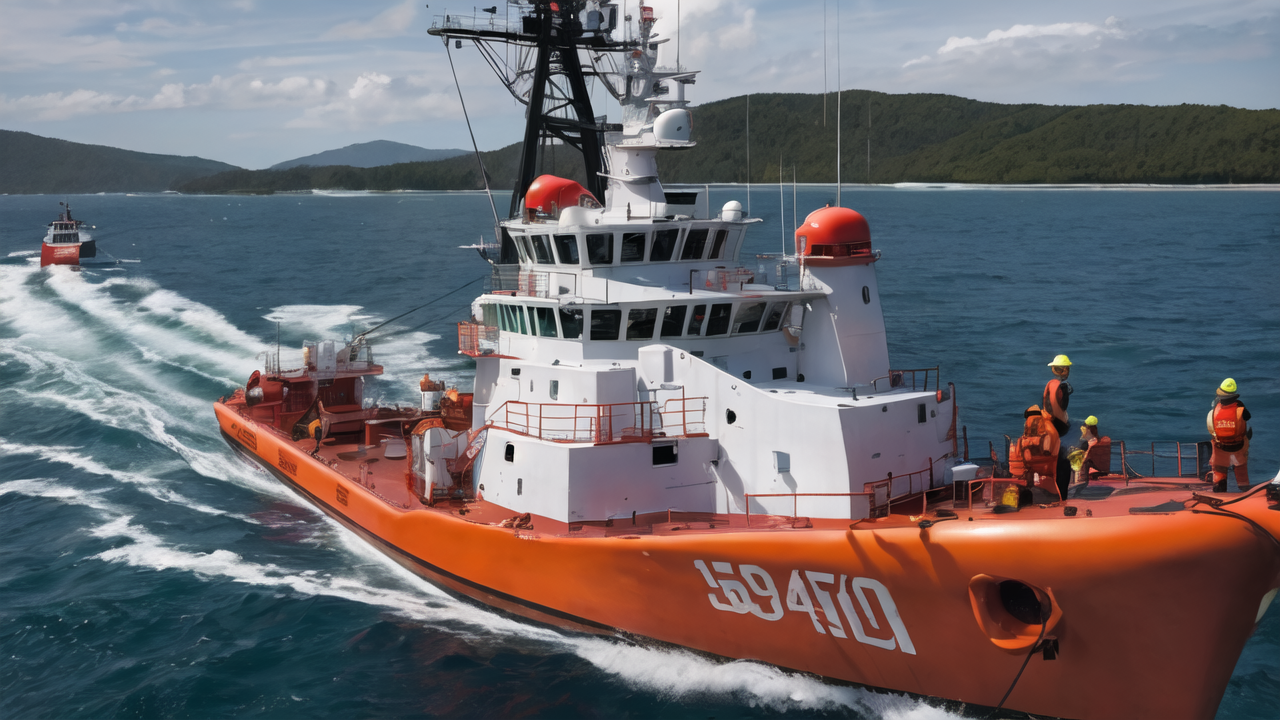Understanding the Importance of Reliable Marine Communication
The Role of Two-Way Radios in Maritime Safety
Marine two-way radios are vital for safety at sea. They allow boaters to call for help in emergencies. These radios also help with navigation and weather updates. Sailors use them to communicate with other vessels and shore stations.

Key safety features of marine radios include:
- Emergency channels for distress calls
- Weather alerts from NOAA
- GPS integration for location sharing
- Waterproof design for harsh conditions
With a good radio, boaters can stay informed and get help when needed. This makes them essential for any maritime adventure.
Ensuring Compliance with US Coast Guard Regulations
The US Coast Guard sets rules for marine radios. All boats in US waters must follow these regulations. Here are some key points to remember:
- Vessels over 20 meters must have a VHF radio
- Radios must be able to transmit and receive on channel 16
- Users need a ship station license for some radio types
- Operators should know proper radio etiquette
Compliance ensures that all boats can communicate effectively. It also helps the Coast Guard respond to emergencies faster. Boaters should check the latest rules before buying a radio.
Evaluating Top Marine Two-Way Radios
Features to Look for in a Marine Two-Way Radio
When choosing a marine radio, consider these important features:

- Waterproof rating: Look for IPX7 or higher
- Floating design: Helps recover the radio if dropped overboard
- Battery life: Long-lasting power for extended trips
- Range: Greater distance for better communication
- DSC capability: Digital Selective Calling for enhanced safety
- Noise cancellation: Clearer audio in noisy environments
- GPS integration: Accurate location tracking
- Multiple channels: Access to all marine frequencies
- Backlit display: Easy to read in low light conditions
- Durability: Rugged build for marine use
These features ensure reliable communication in various conditions. Prioritize based on your specific boating needs and budget.
Reviewing the Top-Rated Radios for Marine Use
Here are some highly-rated marine two-way radios:
- Standard Horizon HX890: Robust and feature-rich
- Icom M93D: Compact with excellent reception
- Uniden MHS335BT: Affordable with Bluetooth connectivity
- Cobra MRHH350: Floating design with long range
- Lowrance Link-2: User-friendly with clear audio
Each radio offers unique benefits. The Standard Horizon HX890 is known for its durability. The Icom M93D is praised for its compact size and clear signal. Uniden MHS335BT offers great value with modern features.
Consider your specific needs when choosing. Factors like boat size and typical cruising area matter. Read user reviews for real-world performance insights.
Comparative Analysis: Price vs. Quality in Marine Radios
When it comes to marine radios, price often reflects quality. However, there are options for every budget. Here's a general breakdown:
- Budget ($50-$100): Basic features, shorter range
- Mid-range ($100-$200): Good balance of features and price
- High-end ($200+): Advanced features, best build quality
Higher-priced radios usually offer better water resistance and durability. They may also have advanced features like DSC and GPS integration. However, mid-range options can provide excellent value for most recreational boaters.
Consider how often you'll use the radio and in what conditions. Occasional users might be fine with a budget option. Frequent boaters or those in challenging environments should invest in higher-quality radios.
Remember, a more expensive radio isn't always necessary. Choose based on your specific needs and usage patterns.
Integration and Best Practices
How to Integrate Two-Way Radios into Your Boating Experience
Integrating a marine radio into your boating routine is crucial for safety and convenience. Here are some tips:

- Mount the radio in an easily accessible location
- Connect it to your boat's power system for constant charging
- Program important channels for quick access
- Practice using the radio before heading out
- Include radio checks in your pre-departure routine
- Teach all crew members how to use the radio
- Keep a backup handheld radio for emergencies
- Use the radio for weather updates and navigation assistance
- Join local boating networks for community support
- Use proper radio etiquette to maintain clear channels
By making the radio an integral part of your boating experience, you'll enhance safety and enjoyment on the water.
Best Practices for Maintenance and Usage
Proper care ensures your marine radio remains reliable. Follow these best practices:
- Keep the radio clean and dry when not in use
- Check and replace batteries regularly in handheld units
- Test the radio before each trip
- Store in a cool, dry place when not on board
- Follow the manufacturer's cleaning instructions
- Inspect antennas and connections periodically
- Update software or firmware when available
- Learn and use proper radio terminology
- Keep volume at a reasonable level to preserve battery life
- Have the radio serviced by professionals if issues arise
Regular maintenance and proper usage will extend the life of your radio. It also ensures it's ready when you need it most.
Staying Ahead: Future Trends in Marine Radio Technology
Marine radio technology is evolving rapidly. Here are some trends to watch:
- Increased integration with other onboard systems
- Improved digital signal processing for clearer communication
- Enhanced GPS accuracy and location sharing
- Smartphone connectivity for easier use
- Longer battery life in portable units
- Advanced noise cancellation technologies
- Wider adoption of DSC features across all price points
- Smaller, more rugged designs
- Integration of AI for automated distress detection
- Enhanced weather prediction capabilities
Staying informed about these trends can help you make better decisions when upgrading your marine radio. It also ensures you're prepared for future advancements in maritime communication.


